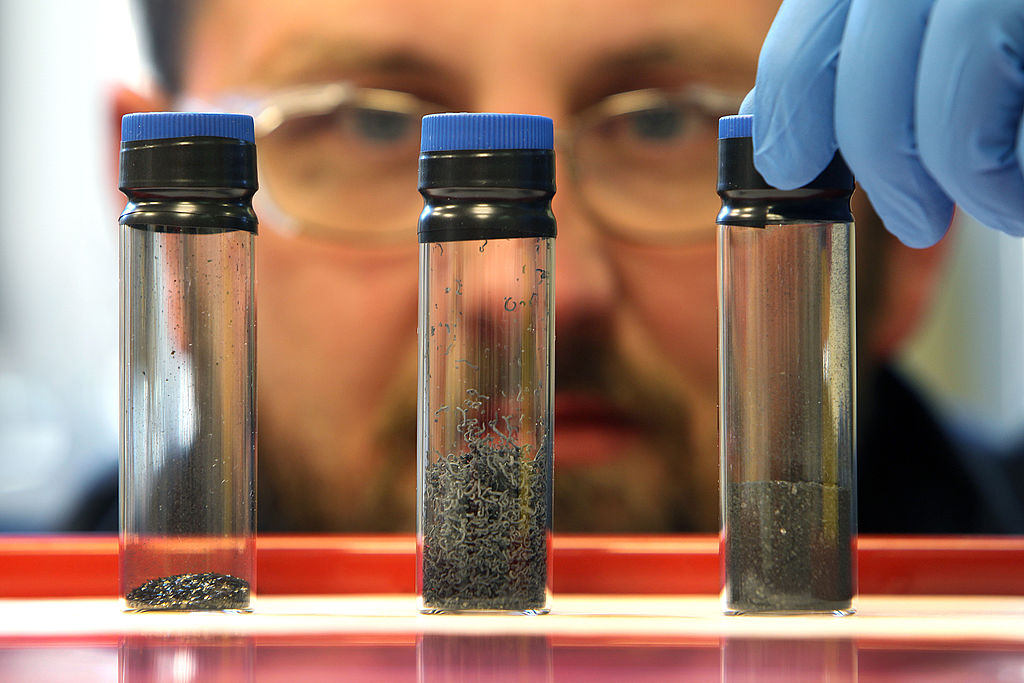Diamonds: an investor’s best friend?
Investing in diamonds: an investors best friend?
Eavesdrop on a group of men in a pub and what do you think you will overhear? Five years ago the answer was simple, according to Tanya Gold, writing in The Guardian. They would have been talking about beer and football. Not any more. These days, they're as likely to be discussing designer clothes and diamond rings. In August, diamond giant DeBeers announced that rough-gem sales rose by 7% in the first six months of this year. But the gems are not gracing feminine fingers. "Today it is boys, not debutantes, who are throwing themselves through the doors of Graff, Tiffany, Aspreys, Cartier and Garrard": the rise of the "bling bling" culture means that around 10% of precious-metal jewellery is now bought by men for themselves. At the same time, professional women are increasingly displaying their confidence and cash by buying their own trinkets, says The Mail on Sunday. According to Red Media Premium Knowledge, in the past year 40% of buyers of designer jewellery costing over £500 were treating themselves.
This sounds good for the retail trade, but rising demand is not feeding through into profits. Consider the case of luxury jeweller Tiffany. In the third quarter of this year overall sales rose by 1% (they were up by 4% in the US, but were poor in Japan). Yet net income fell 26% year on year as the firm's gross margins contracted by 1.9%. Why? Because silver prices have risen from £3 an ounce to more than £4 in the last 12 months, gold is hitting 18-year highs and De Beers has raised diamond prices three times this year (by a total of 14%). Worse, for jewellers is that there is little sign of the price crunch ending soon. The falling dollar (see cover story on page 20) and a tight supply and demand situation will keep gold and silver high for the foreseeable future and gem miners say it's true of their products too. Take diamonds. Not only are they in demand for rings and tiaras (last year jewellery demand in China rose by 22%), but they are far from simply decorative. Of the diamonds mined annually, fewer than 20% end up in jewellery - the other 80% are used in anything from lasers to drill bits and surgical equipment. Because of their hardness, diamond-edged tools can cut much faster than other tools: they resist wear and do not change size with heat. The US is the world's largest consumer of industrial diamonds and its annual imports are expected to increase through 2006. That means diamond shortages and price rises lasting at least that long, a view backed up by the fact that De Beers (which controls 65% of the world's production) says it has worked its way through its stockpiles and will soon be relying on only newly mined stones for supply.
So what's an investor to do? The answer is simple. Steer clear of jewellery retailers and go straight to the source instead. High-quality diamonds are nice to have, but carry risk as an investment, in that their value depends on both the rarity of high-quality stones - although it is now possible to change the apparent quality of flawed stones - and their strictly controlled supply. Better may be rubies and sapphires due to their relative scarcity. The best rubies, for example, come from Burma where supply has been disrupted by political insecurity and the best mines have been worked out. Investors might also look to invest in the gem miners (see below). Otherwise, those looking to buy new jewellery should get their skates on, says Dan Atkinson in the Daily Mail. Would-be grooms who delay proposals could find that engagement rings cost a great deal more next year than they do now.
MoneyWeek
Subscribe to MoneyWeek today and get your first six magazine issues absolutely FREE

Sign up to Money Morning
Don't miss the latest investment and personal finances news, market analysis, plus money-saving tips with our free twice-daily newsletter
Don't miss the latest investment and personal finances news, market analysis, plus money-saving tips with our free twice-daily newsletter
Investing in diamonds: the best bets in the gem sector
Not enough people know about tanzanite, says Kate Reardon in The Times. It isn't a precious stone, nor does it really count as semi-precious. Instead, it falls somewhere in between. Discovered in 1967 in the foothills of Mount Kilimanjaro, the best stones are vivid violetish blue. As they are still only found in a tiny part of Tanzania, their prices tend to be volatile, but they have now been rising for the last 18 months ("read now might be a good time to buy'"). That means it might be worth looking at shares in TanzaniteOne Ltd (TNZ, 66p). This kind of investment is always risky, says Stephen Foley in The Independent, but at least TanzaniteOne is not a pure exploration firm - it already has producing assets.Investors Chronicle points to diamond and gold miner BDI Mining (BMGA, 30.5p). BDI is due to turn cash-flow positive towards the end of the year, thanks to its alluvial diamond fields in Indonesia. But it is also exploring higher ground and, if it finds something, expect a massive surge in the shares. Other possibilities include Firestone Diamonds (FDI, 94p), River (RVD, 3p), African (AFD, 43p), European (EPD, 36.5p), Dwyka (DWY, 29p), Petra (PDL, 88p) and Brazilian Diamonds (BDY, 21.5p). Their shares tend to bounce around on market rumour and drilling news, but with world demand for diamonds strong, and with supply running low, they might be worth a punt.
Get the latest financial news, insights and expert analysis from our award-winning MoneyWeek team, to help you understand what really matters when it comes to your finances.
-
 Investors will reap long-term rewards from UK equities
Investors will reap long-term rewards from UK equitiesOpinion Nick Train, portfolio manager, Finsbury Growth & Income Trust, highlights three UK equities where he’d put his money
-
 The graphene revolution is progressing slowly but surely
The graphene revolution is progressing slowly but surelyEnthusiasts thought the discovery that graphene, a form of carbon, could be extracted from graphite would change the world. They might've been early, not wrong.